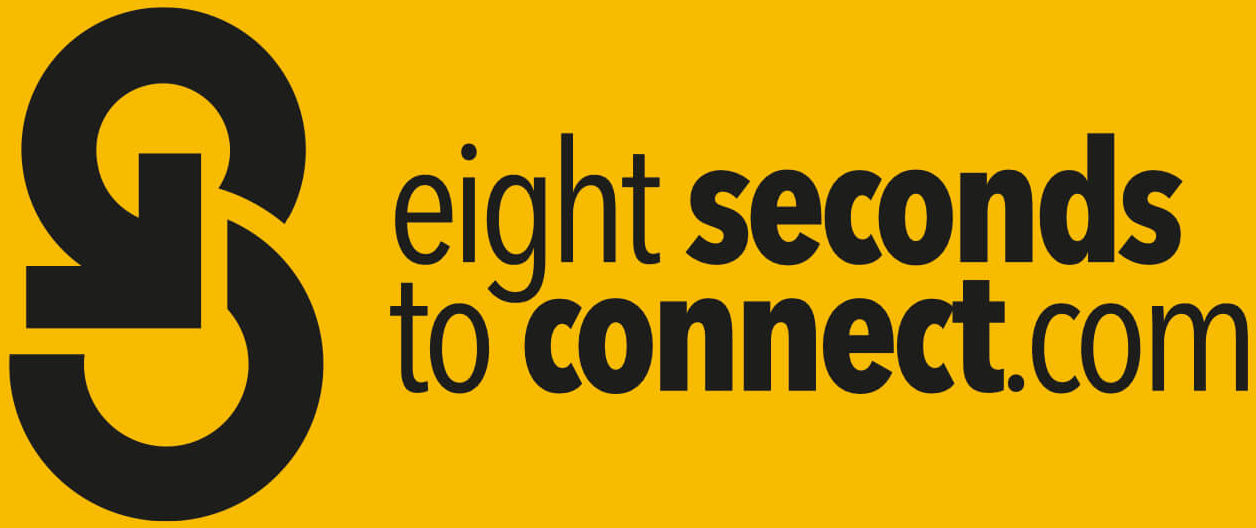The California Roll Rule
People don’t want new. They want the familiar done different.
“We like your handover presentation the most – can we use that?”
Everything is a presentation. This has been one of my mantras ever since I left ad agencies and started my own business.
This way, I lead by example.
Show, don’t tell.
✔︎ Emails are a presentation.
✔︎ Client updates.
✔︎ Project handovers.
✔︎ Meetings notes.
They all have the same focus I give presentations to Mercedes, Nike, VW, and Cartier.
**Spoiler alert**
I am by no means perfect, but I’ll share that with you another day.
It is a constant work in progress.
Done Different
Once, I was working with the biggest e-commerce brand in the world.
Their internal PR team had arrived at the edge of a cliff.
They could see the other side, but there was no bridge.
And the clock was ticking.
They needed a bridge, fast.
In this case, the bridge was a presentation for a senior leader.
The internal team had got it as far as they could, but the presentation had to be better for this leader.
What problem were they facing?
✔︎ Too much text.
✔︎ Too much information.
✔︎ Small, low-quality pictures.
They had used the brand CI templates, but they were so diluted that they lost any impact.
For the leader and the moment, this would not do.
How did we build the bridge?
Midway through one of the project check-ins, the Client stopped me and said, “These are okay. But what we like most is the design of the presentation presenting the options.”
BINGO
The bridge appeared.
I had a hunch this might happen. It was the one I liked, yet I didn’t propose.
Why?
Because of all the cues I was getting from the Client, they needed it to be a bit better version of what they already had.
Nir Eyal calls this “The California Roll Rule. People don’t want something truly new; they want the familiar done differently.”
In this project, I was figuring out our version of the California Roll Rule.
I had to take my time because our working relationship was new.
Trust
Often, I am flown in at the last minute and have to work with people on tight timelines with little to no history.
In these situations, we haven’t had time to build any trust.
With little trust, people avoid anything new.
“I don’t want new – I want zero risk.”
In this instance, my approach was to offer three examples. Then have a 4th as how I presented the Client to themselves.
I felt all options got the job done.
It all comes down to personal preference. A large part of presentation success is individual confidence. The speaker and their team have to feel close to 100% confident, and the slides are a big part of this.
What did the 4th version look like?
It was simple and bold – at the end of the day, this is what makes presentations work.
Fill the space
When we design and evaluate them on desktop computers, they are high-resolution but “small scale.” In this way, it’s easy to add design elements that don’t need to “fill the space.”
These designs then feel cluttered when we scale them up at conferences and meetings.
In the slides that Cleint liked, I used three colours. White and black, and orange.
I designed the critical text information: titles, data, and products in alternate colour combinations.
White background, orange box, black text.
It was bold and striking and connected the Client’s content to the audience.
Which is the goal of a presentation.
Linking back to Nir Eyal’s “Californian roll rule”. This fourth option was on the edge of familiarity. If I had proposed it first, it would have seemed too extreme.
Yet, in context, it was what the Client needed.
Job done.
Another example that everything is a presentation. Even the presentation of a presentation/
Are you working on an important presentation? It could be a client pitch, a conference keynote, or a TEDx. If you feel your progress is slow and your deadline is looming fast, let’s talk. I will share the playbook that I use with all my clients. The one that delivered the head of HR at a BIG German car brand her presentation 48 hours before she stepped on stage in front of 2000 colleges.
